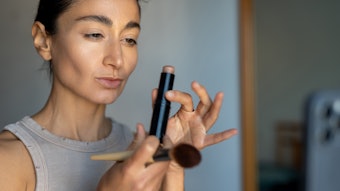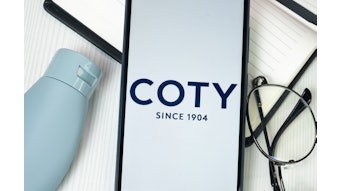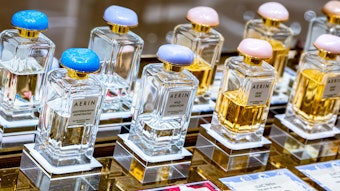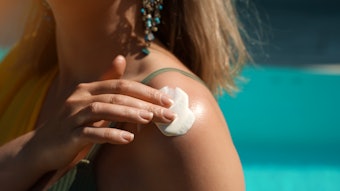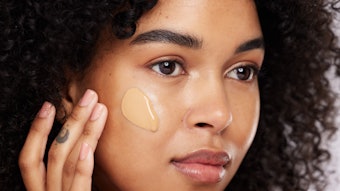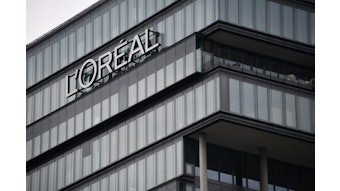An analyst insight blog post, "Packaging Size Matters in India," from Euromonitor International senior packaging analyst Regina Maiseviciute discusses how India is shopping for its beauty products.
Maiseviciute writes, "During a recent conversation with one of the leading beauty and personal care manufacturers, the issue of pack size and its importance was raised. The conversation covered Asia Pacific and India in particular, with a focus on shampoos and deodorants. The manufacturer was wondering if beauty product size matters when entering a particular market and how dependent this is on consumers’ financial ability, habits and general perception of hygiene.
"As Euromonitor International’s latest packaging research reveals, pack size does undoubtedly matter. A case study of India’s shampoo and deodorant categories and the pack sizes used in this infographic shows Unilever being an influential innovator.
"Flexible packaging is the most significant pack type in beauty and personal care in India, accounting for 54% of total packaging volumes in 2013. This is because flexible packaging continues to be the most popular format in standard shampoo (through small sachets) and bar soap (through flexible paper/plastic). Small sachets of brands like Sunsilk, Clinic Plus and Head & Shoulders continue to be extremely popular in India. Small sachets of flexible plastic up to 10ml account for 98% of unit sales of standard shampoo in 2013 as consumers continue to be very price-conscious, especially in semi-urban and rural areas. Flexible packaging also continues to be used for products like colorants, conditioners, facial moisturisers, liquid soap and toothpaste.
"Although flexible packaging continues to dominate beauty and personal care, it has been losing share in overall packaging over the years. For example, the share of flexible packaging in total beauty and personal care has dropped from 56% in 2010 to 54% in 2013. With rising incomes, consumers have started opting for bigger pack sizes and different pack types, such as HDPE bottles. 751–1,000ml HDPE bottles are expected to post a CAGR of 9.3% between 2012 and 2017 in India in standard shampoos.
"India is expected to be one of the fastest growing markets for deodorant sprays over 2012-2016, with the category set to add 77 million units to global consumption. Indian per capita consumption of deodorant sprays is predicted to increase from 12.5ml in 2012 to 20.3ml in 2016. This will still only be just over a third of the global average, which suggests plenty of scope for further penetration and product development.
"Currently, sales of larger-sized aerosol cans for deodorant sprays in India, such as 101–300ml, are supported by the fact that deodorant sprays are often shared by the family, providing more hygienic usage than roll-ons, sticks or creams. Hindustan Unilever launched Dove in an aerosol can as a practical family sharing pack as opposed to the rigid plastic used for roll-ons.
"With usage of deodorants in metal aerosol cans becoming more entrenched, there exists the opportunity to increase sales of smaller sizes. Through offering lower price points, the use of smaller pack sizes can help increase the attractiveness of deodorant sprays among low to mid-income households. Equally, among more affluent consumers, the smaller aerosol can offers potential through its convenience as a travel pack," she concludes.
